After two weeks with Canon EOS R, I understand why well-known developers choose it instead of Sony or Nikon
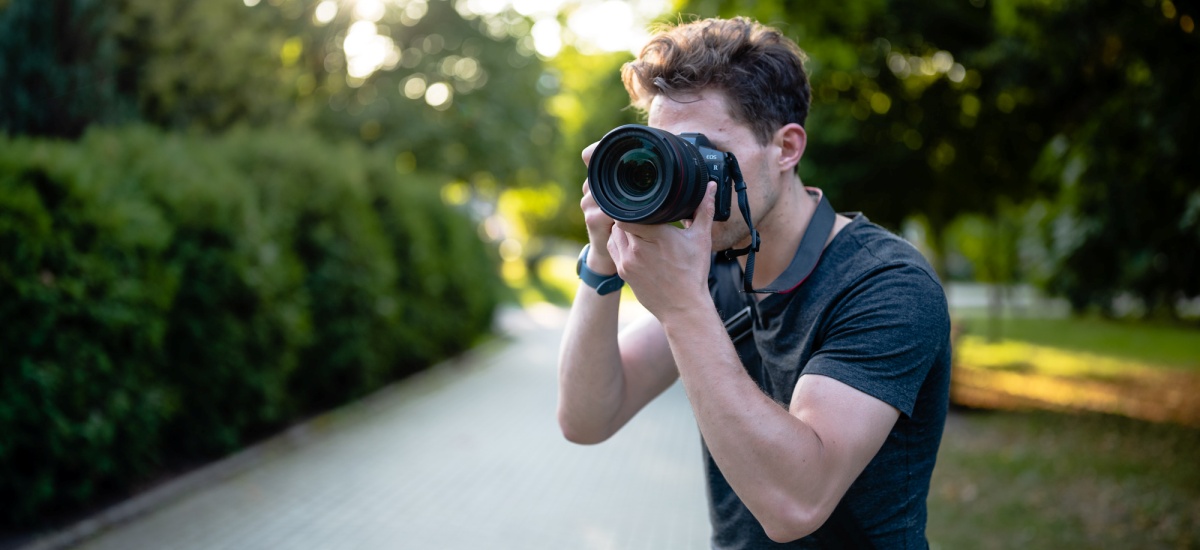
In search of a new camera (and basically the whole system) I spent the last two weeks with a Canon EOS R and 28-70 mm f / 2.0 RF lens. I can understand why so many developers count on this camera.
At the beginning let's be clear - objectively speaking, Canon EOS R is the weakest, least feature-rich, worst priced among the "big three" full-frame mirrorless cameras: EOS R, Sony A7III and Nikon Z6.
You can find a full review by Marcin Połowianiuk here - Marcin has perfectly specified in it what is good and not very good in Canon EOS R. Of the things that hurt me personally the most, when I approach EOS R's private tests, I can mention:
- powerful 4K video crop
- soft video in 4K
- single slot for SD card
- no IBIS
- low rate of fire (theoretically 5, realistically 3 FPS in AF Servo mode)
I took this test very conservatively, the more that the last two weeks I spent with the objectively the most universal mirrorless device on the market: Sony A7III .

And to tell the truth, having no previous experience with EOS R, judging it only on the basis of specifications and heard reviews, I could not be surprised why so many creators whom I appreciate choose this camera.
There are many movies on YouTube entitled "I switched from Sony A7III to Canon EOS R". One of my favorite youtubers - Peter McKinnon and Matti Haapoja - also use EOS R, although they are influencers with such a caliber and range that at one snap they could ask any brand for any system, and work on any equipment they would like.
Ba, recently even Matt D'avella, a filmmaker whom I greatly appreciate, boasted on Twitter that he also ordered a Canon EOS R, although he has used Sony mirrorless cameras so far.
https://www.youtube.com/watch?v=8qkY1YYCV8s
Where does that make sense? Where's the logic? Does Canon have such large budgets to pay for all these youtubers (spoiler: there is none), or maybe EOS R actually has something to offer that cannot be seen in the specification?
Here is my - highly subjective - list of pros and cons. For the first ones it was really difficult for me to part with the camera. The latter mean that it probably will not replace my current system.
Canon EOS R - subjective advantages
Marcin Połowianiuk was right when he wrote in a review that "Canon EOS R has something that makes photography a pure pleasure."
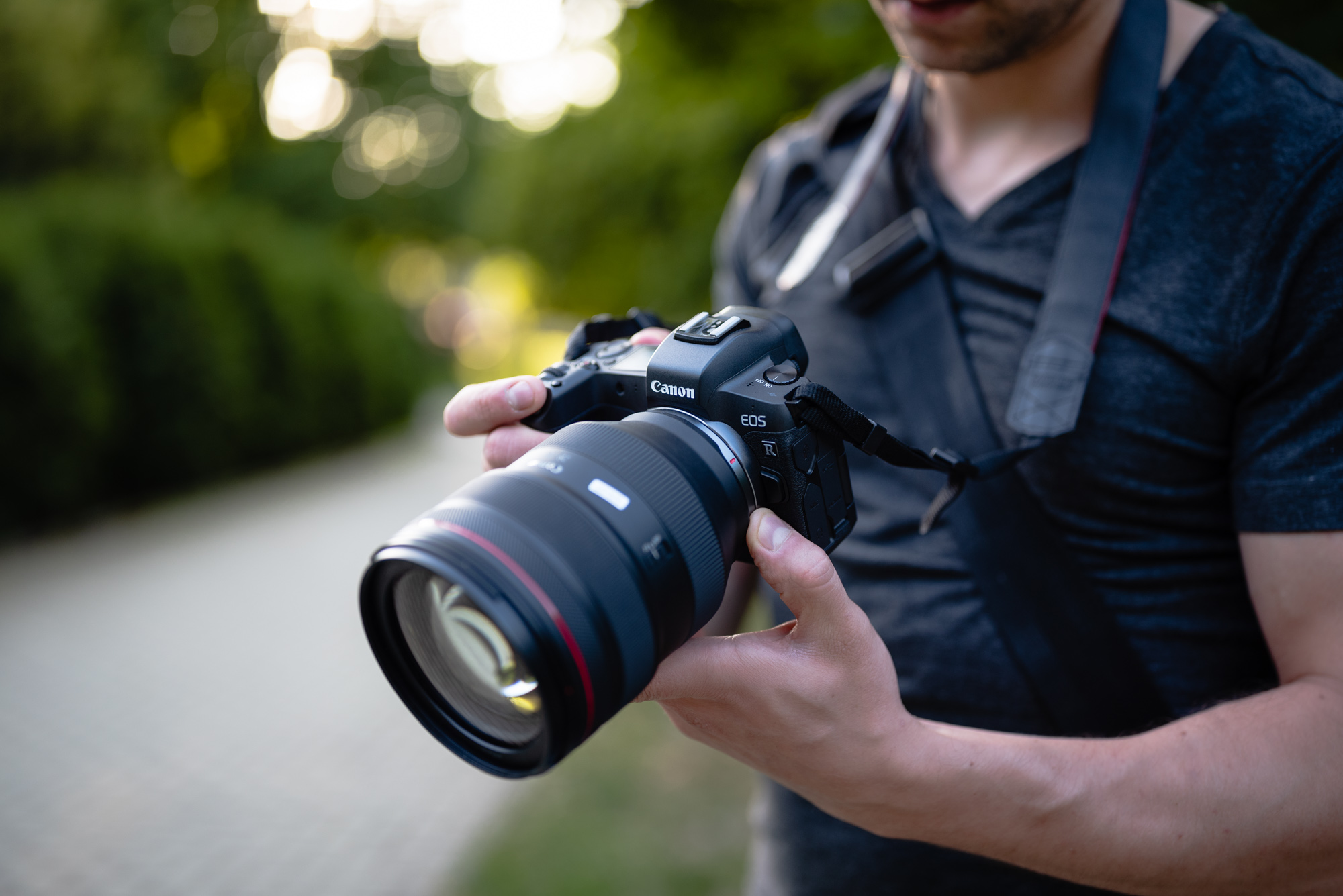
Yes, its specification is a bit defective. Yes, it's a little expensive for the competition. But neither the Nikon Z6 , and certainly the Sony A7III was not photographed so nicely.
This is mainly due to the fact that the Canon EOS R is a well thought-out and ergonomic design. The body sits perfectly in the hand, the buttons fit exactly where they should be. Nothing stands in the way between a photographer and a photograph.
I thought Nikon Z6 was convenient to use. With Canon EOS R, however, even it escapes. Canon somehow designed a camera that even in tandem with a monstrously large 28-70 mm f / 2.0 RF remains comfortable, even after a few hours of work. I can't say the same about Sony A7III with 24-70 mm f / 2.8 G-Master lens, which after a few minutes gave me wrist pain.
It took me a while to get used to the bizarre touch bar. At first, several times I accidentally switched the camera to ISO-auto mode, because by default a single touch of the strap works just like that. However, it was enough to play with the settings and a few dozen frames later using the touch strip got into the blood.
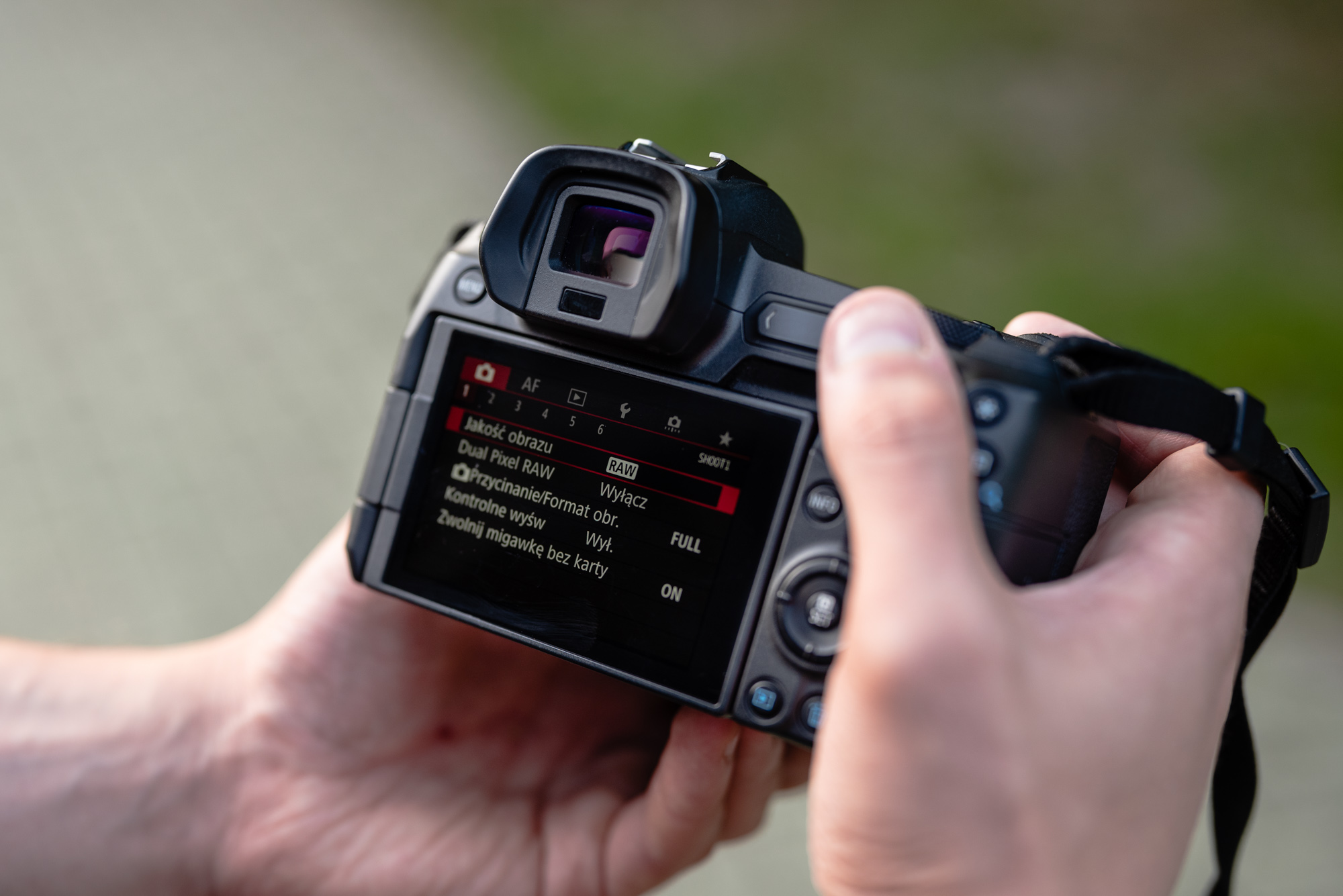
I didn't mind the lack of a joystick. As far as I'm concerned, I prefer a solid d-pad supported by touch panel focusing than an average quality joystick, like the Sony A7III, or regrettable, like in Fujifilm cameras.
I didn't miss the PASM knob for a second, which many regulars of photographic groups complain about. The mode switch in the form of a button passes the exam perfectly, and in fact I very rarely leave the manual mode, so even if I had the PASM knob, I probably would never use it.
The great advantage of the EOS R and the feature that competitors should shamelessly copy is the automatic lowering of the shutter when the camera is turned off or when lenses are changed. The sensors of the mirrorless cameras are particularly exposed to pollen and dirt, because they are not separated from the outside world by a mirror, as in SLRs. Canon solved this problem by lowering the shutter, so the sensor is protected against dirt during the lens replacement - brilliant!
I also had no problem with the low rate of fire of the EOS R, because I usually photograph objects that do not run anywhere. And for the occasional shooting of a few pics of the dog on the beach, these 3 FPS were enough. Objectively, of course, this is a disadvantage, excluding the EOS R from any sports applications, but subjectively? I didn't care.
The screen and viewfinder are the huge power of the Canon EOS R.
After two weeks with the Sony A7III and a year with the Olympus EM1 mk II, which viewfinders and screens have barely acceptable level, looking through the EOS R viewfinder was an invigorating experience.
The OLED panel with a resolution of 3.69 million pixels is one of the best viewfinders I have ever encountered. Apparently, it only be seen through the viewfinder of the new Panasonic S1, but I did not check it, so I will not confirm.
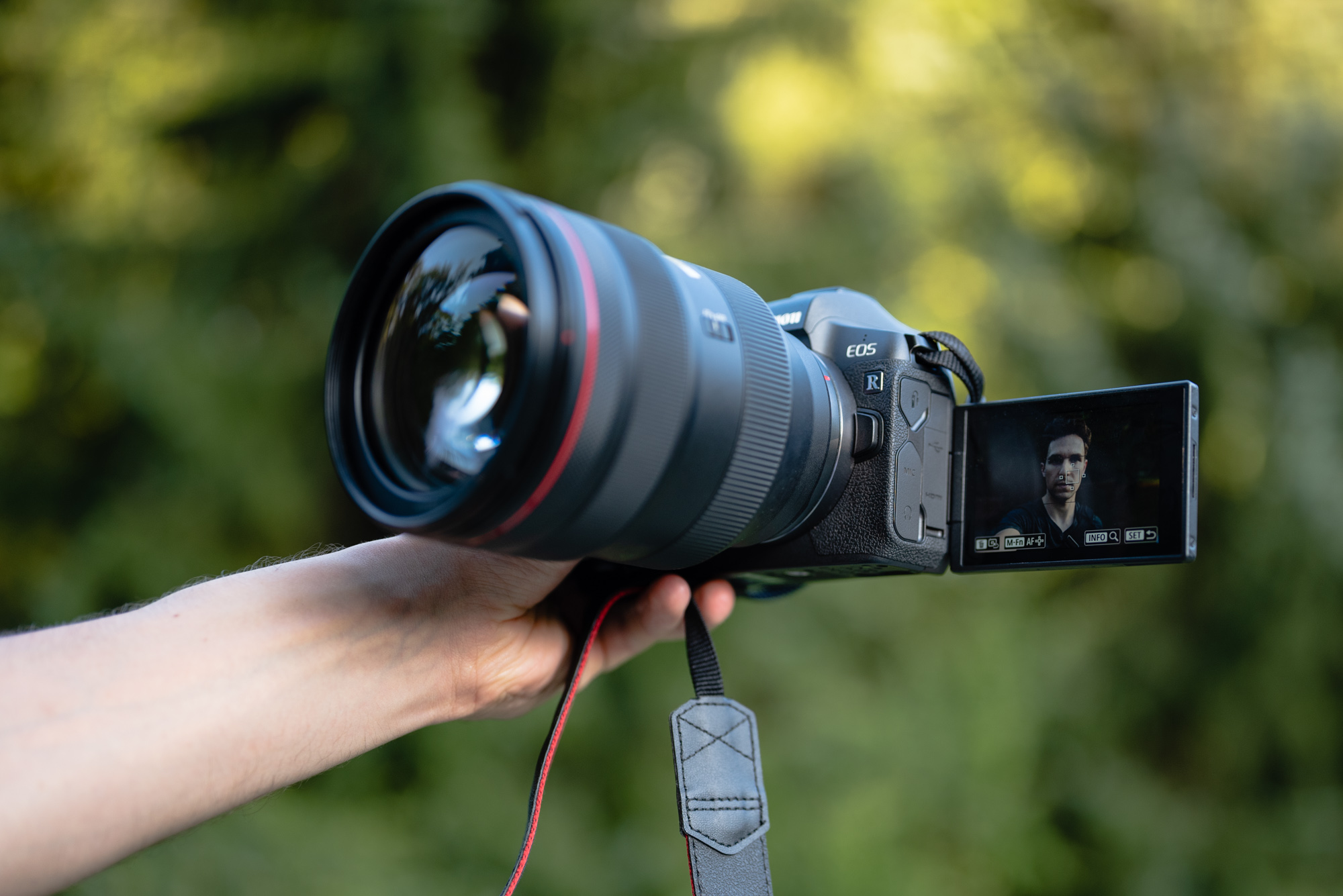
I was equally impressed with the screen. Readable even in the sun, and - which is very important to me - also reclining. The 28-70 mm lens is not very suitable for vlogging due to its gargantuan size, but the already rotatable screen together with perfectly functioning AF in video make the EOS R an excellent camera for filming itself. Anyway, you only need to look at the recent films of the mentioned Peter McKinnon or Matti Haapoi to see how good the mirrorless Canon is doing.
Autofocus is flawless.
After slightly disappointing me with the Nikon Z6 autofocus, focusing on the Canon EOS R was a really great experience, comparable with the Sony A7III. This camera almost never misses. Of course, Eye-AF mode is not as successful as in Sony cameras, but in other Canon modes it is not inferior to its rival.
The icing on the cake is the interface's speed. Against the background of the slow Sony A7III, the Canon EOS R is sensational, and for this menu and settings are arranged in a very logical way, so even for a person who does not shoot with Canon every day, it is easy to find.
Full confidence in AF, combined with excellent ergonomics and ease of use made the EOS R photos themselves.
And after taking the pictures they basically processed themselves. There are many myths and legends around the colors of Canon, but in fact there is something that with RAW from Canon I always have the least work, because the colors "straight out of the box" are exactly what I would like them to be. Automatic selection of white balance also always goes.
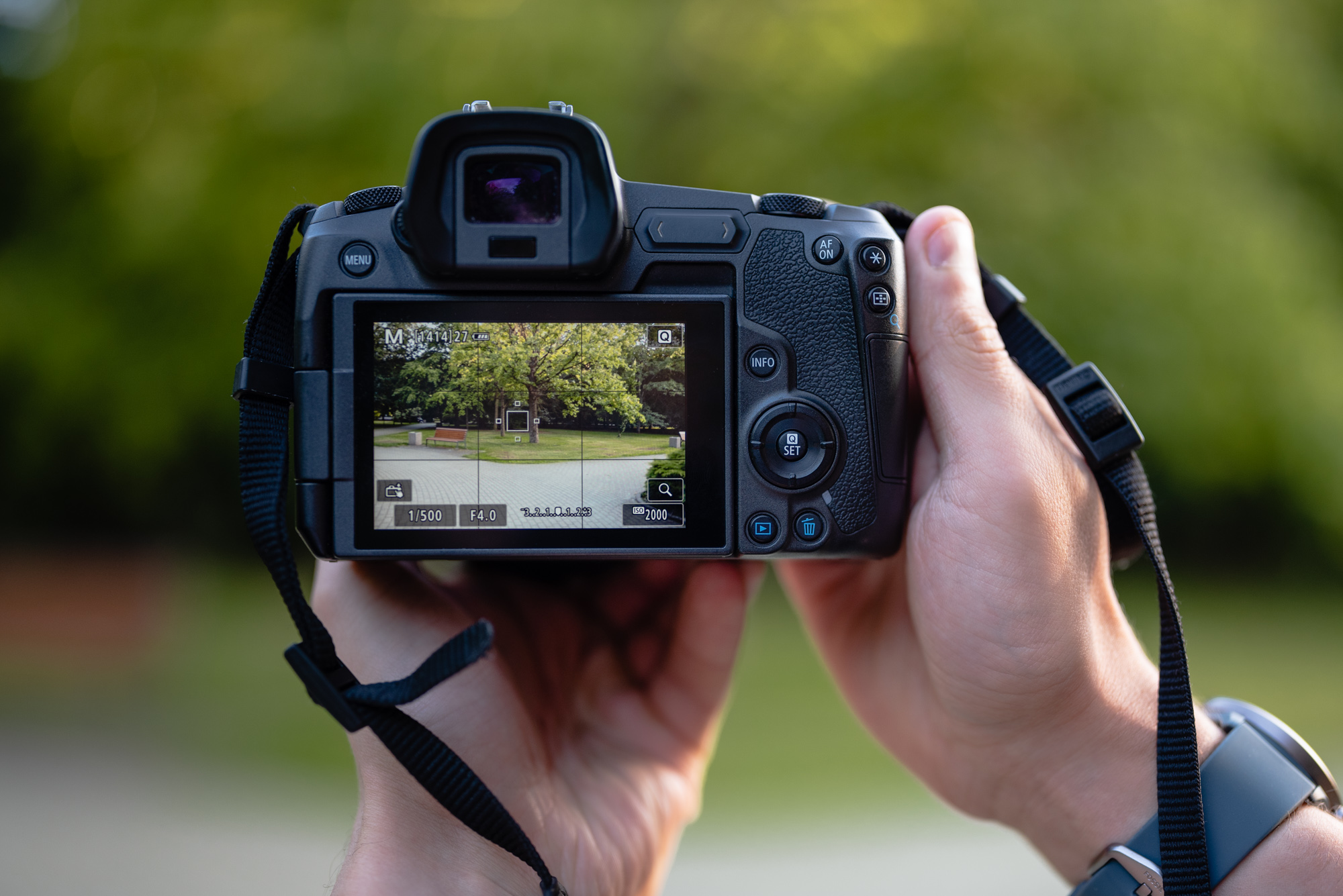
The image from the Canon 30.3-megapixel sensor EOS R has just such a "something" that makes the photos look a lot better than in competition cameras. And isn't that what this is all about?
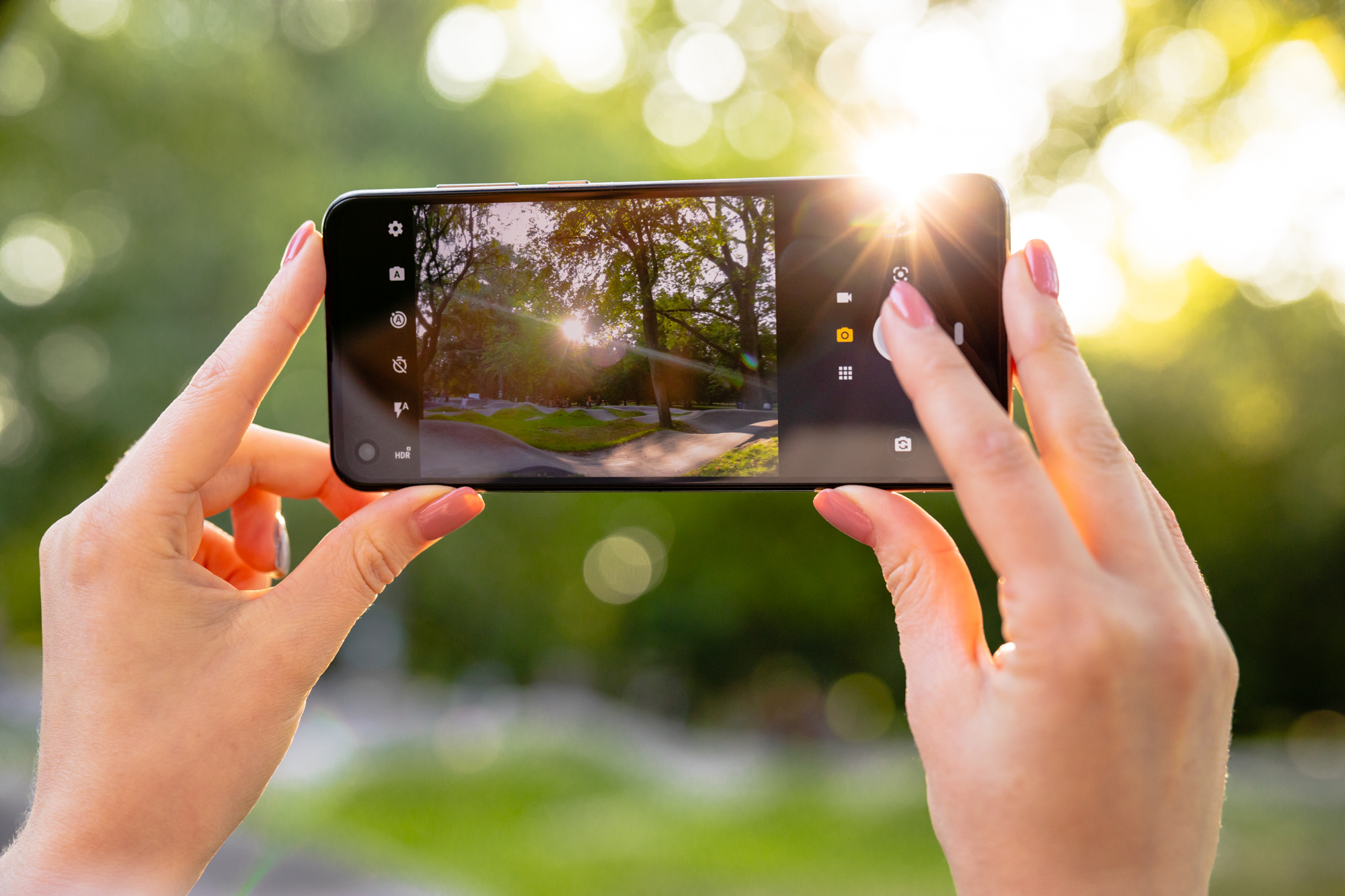
![]()
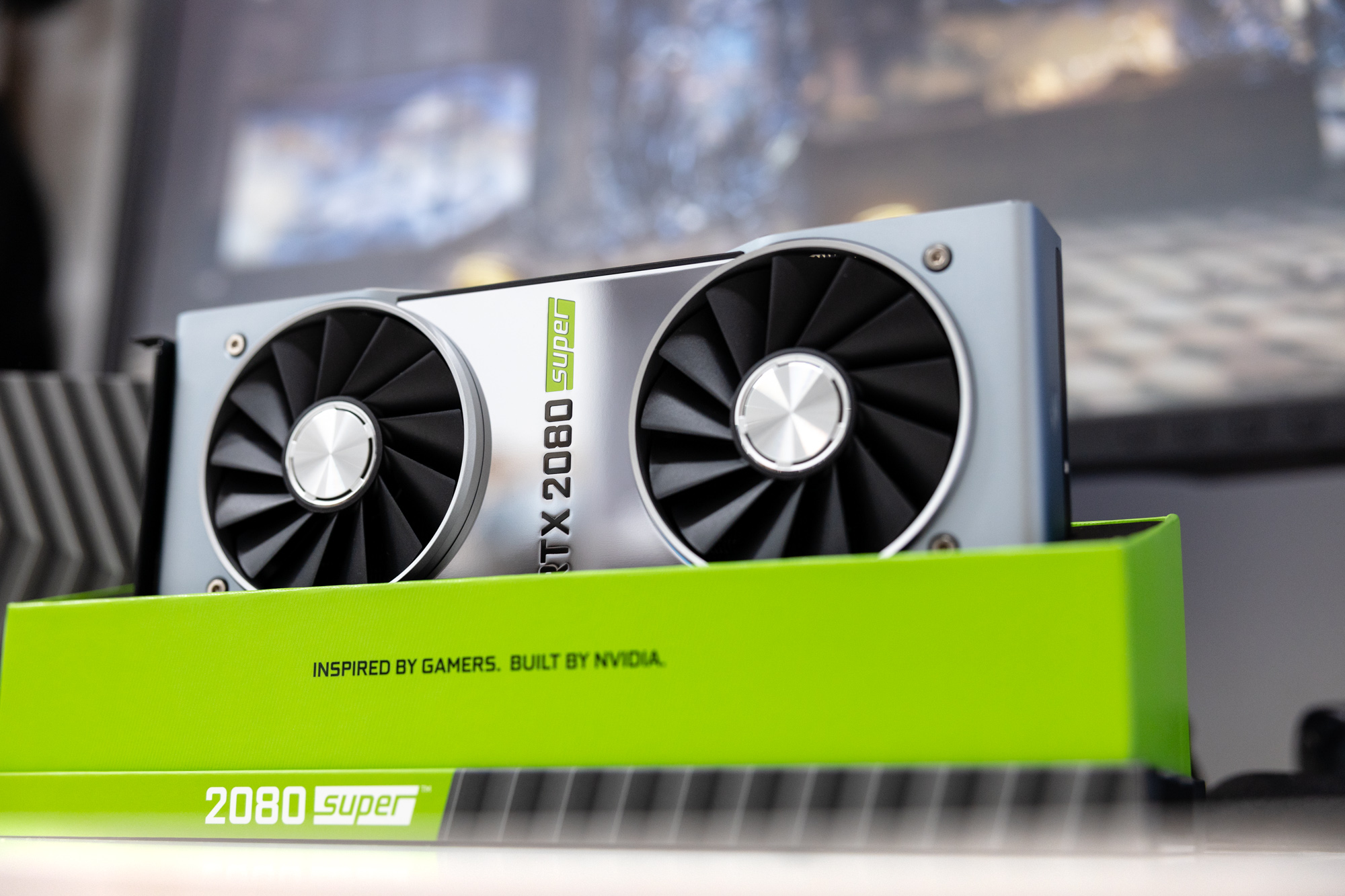
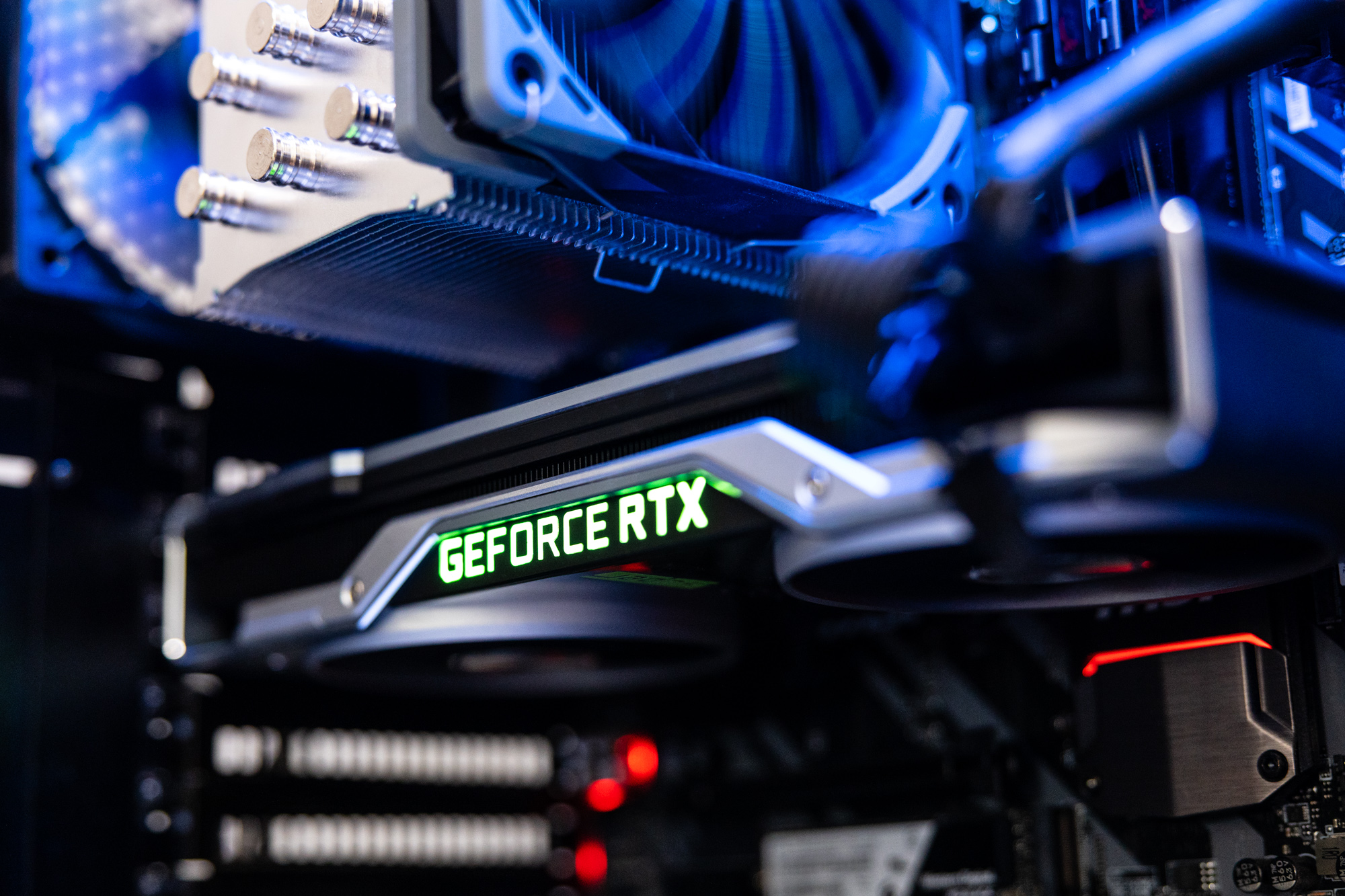
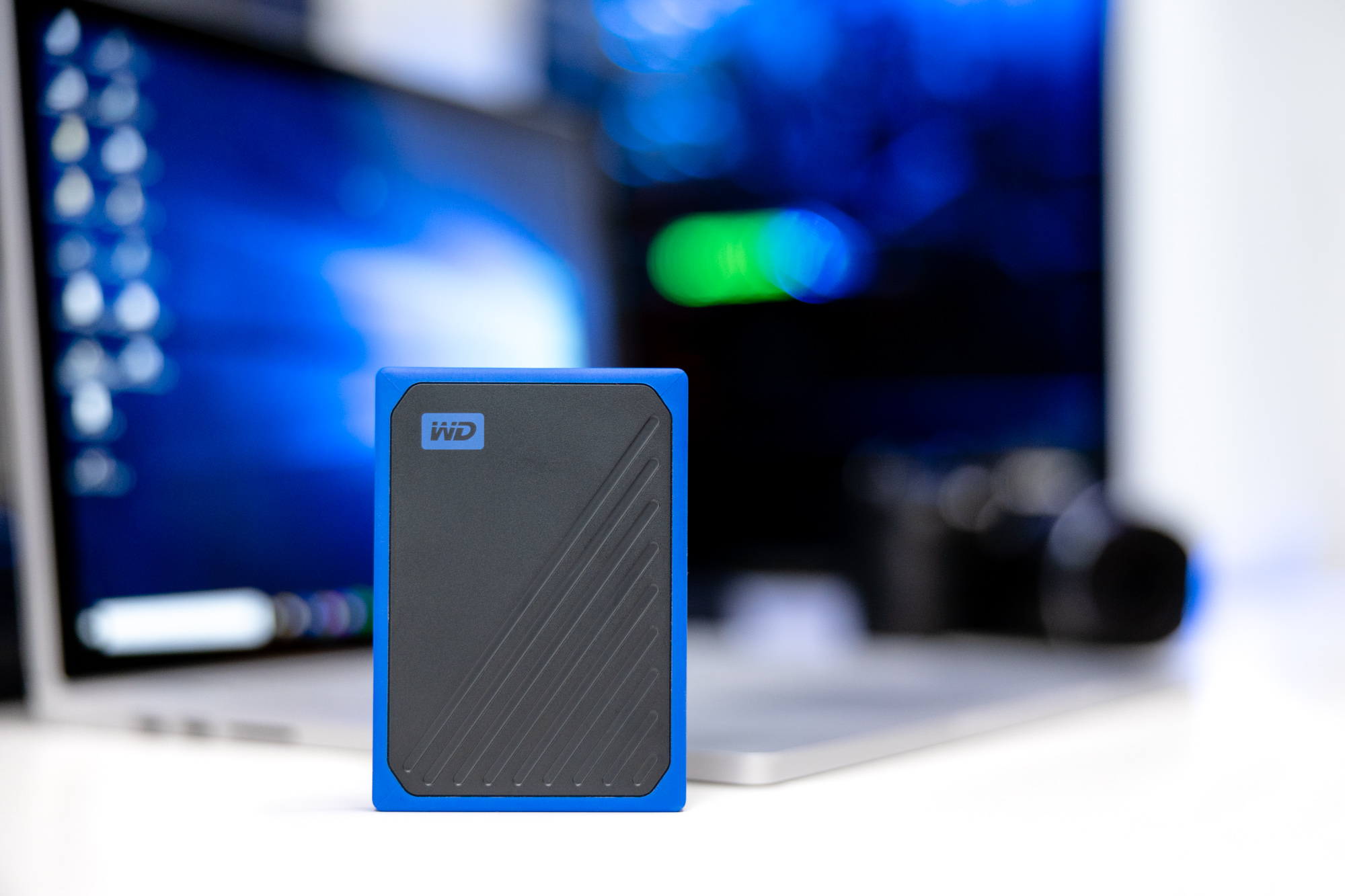
Marcin Połowianiuk had similar feelings in his review. Here are some examples of his authorship:
The battery didn't disappoint me either. I got almost 600 shots from one charge, although it is still irritating that in order to charge the EOS R via USB-C, you need to use a dedicated charger, and not common power banks, for example.
Which leads me directly to things that did not play in my camera.
Canon EOS R - subjective list of disadvantages
There is nothing to cheat - a dedicated charger has only one justification, and it is the desire to earn on accessories. Which leads me in a straight line to the biggest complaint I have about EOS R: it's just too expensive.
Currently, the body in the set with the EF lens adapter costs PLN 9,500. For comparison, the Nikon Z6 with the adapter costs nearly PLN 1000 less, just like the Sony A7III body.
As I don't have any Canon lenses, I also have a problem with the availability and price of the lenses. The 28-70 mm f / 2.0 I test is wonderful glass, but it costs close to 13 thousand. zł. Native 24-70 f / 2.8 is not there. There is no native 50-something cheap. From relatively cheap glasses there is only 35 mm f / 1.8 RF Macro.
Of course, this is a temporary situation; Canon has already announced some fantastic lenses that will appear later this year, including miniaturized 70-200 mm f / 2.8 and handy 15-35 mm f / 2.8. However, this does not change the fact that when looking for slightly cheaper solutions, we need to reach for Canon reflex cameras. Although they work flawlessly with the adapter, but what is the point of buying glasses from the old system, as soon they will be replaced by glasses from the new?
All this makes Canon EOS R - at least for me - the least economically viable choice. Much cheaper I can buy a Sony A7III with a set of basic primes, or a Nikon Z6, to which I will adapt the lenses for a Nikon F.
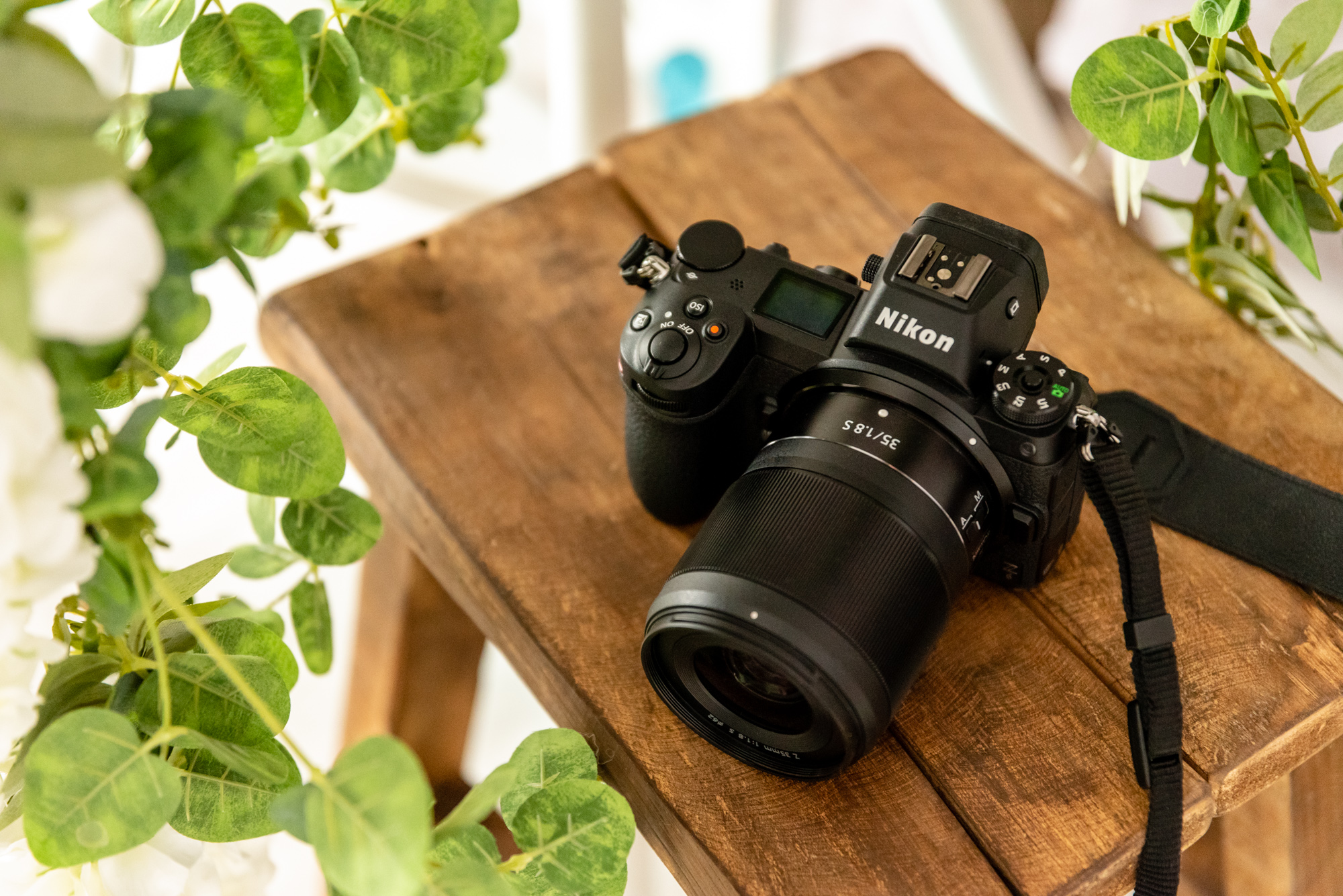
It is hard to get over one memory card slot.
I don't understand Canon's decision to use a single SD card slot. Especially since there is enough space in the body to fit a double slot. This disqualifies from the march disqualifies EOS R in the eyes of photographers engaged in reportage or wedding photographers, where a simple rule applies: backup, backup, backup. In the meantime, we won't make a backup in EOS R. If the UHS-II SD card dies, the material is lost.
Honestly speaking, I've never damaged my SD card in my life. However, I prefer to blow it cold, so the lack of a double slot is difficult for me to swallow. If I went to an important conference or did an order for a client without having the backup option directly in the camera, I would be stressed all the time.
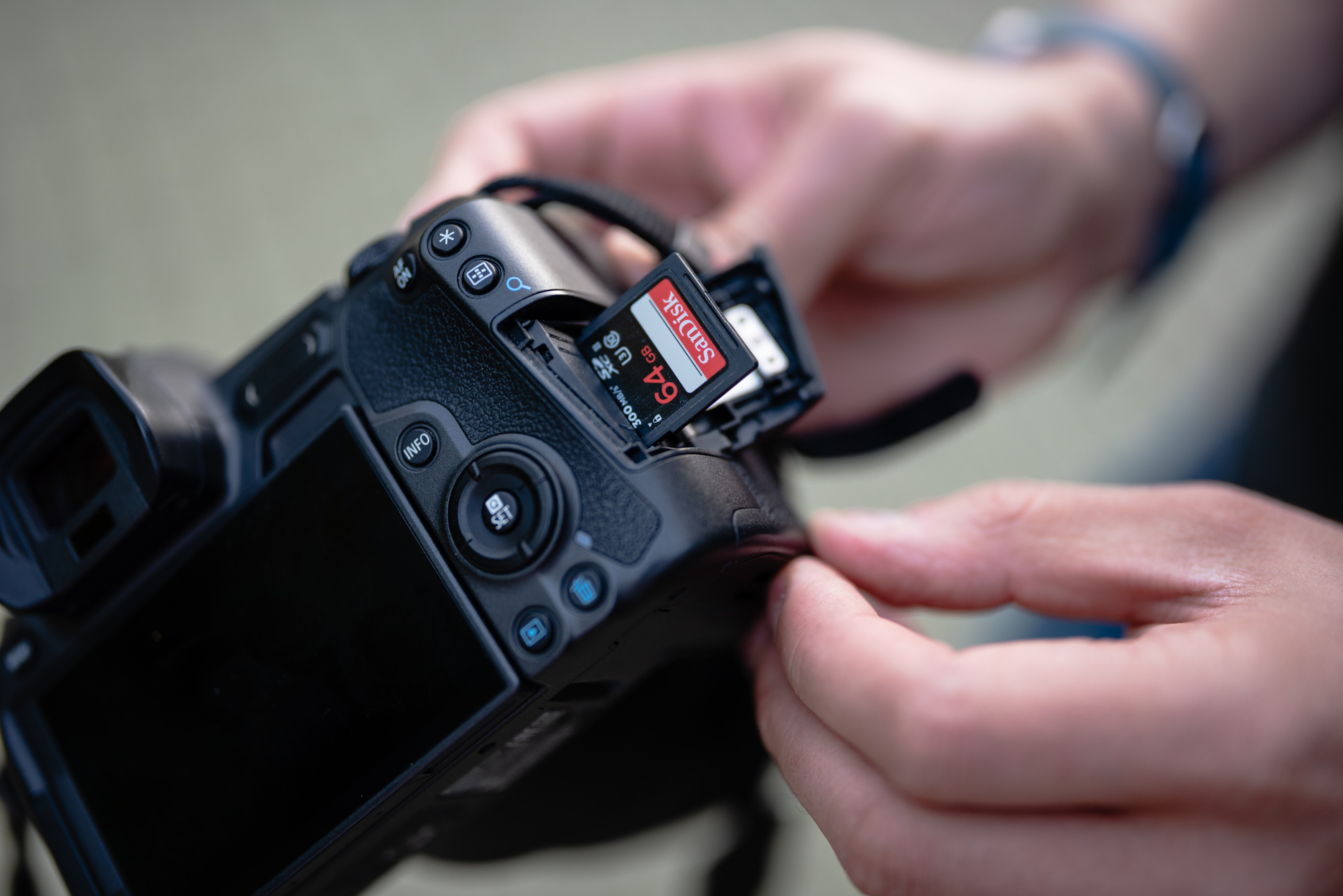
The lack of IBIS did not hurt as much as I thought it would hurt.
With this matrix stabilization in mirrorless cameras it is not quite pink. IBIS works great in small matrices: in such an Olympus EM1 mk II the sensor is stabilized so well that video recordings look like shot from a gimbal.
Meanwhile, in Sony A7III or Nikon Z6 IBIS is, and if it was not. In video, it may and stabilizes static shots, removing micro-vibrations, but the smallest movement is enough to make the stabilization unpleasantly jerk the image - and such an artifact is much more difficult to remove in post-production (it may even be impossible) than stabilize the delicate vibrations. As a result, stabilization becomes quite ... useless.

The lack of IBIS in the Canon EOS R did not feel exaggerated. In photos, I never go below 1/50s of exposure time without a tripod, and up to this value EOS R was perfectly stable. As for video, apparently EOS R works perfectly with lenses equipped with stabilization, but I did not have the opportunity to check it. I could only test digital stabilization, which - strangely enough - aligns the image quite nicely, but it is paid for a delicate crop, which makes it useless in 4K, where we already have 1.7x crop natively.
While the picture is beautiful, the video capabilities in Canon EOS R are not satisfying.
4K with crop, in addition, recorded in a very sluggish codec. No 120 FPS in Full HD. Canon does its best to prevent filmmakers from abandoning their expensive Canon C cinema cameras in favor of small, handy mirrorless cameras.
It is a pity, because if Canon EOS R offered recording in quality similar to Sony A7III, with full matrix reading in 4K, combined with excellent autofocus, Canon would have in its portfolio an offer that could not be rejected.
Meanwhile, more can be said about filming with Canon EOS R than good, although good things also occur. For example, the manual sharpening assistant in the form of three converging triangles, the already mentioned inverted screen or surprisingly high bitrate in Full HD (480 MB / s), which makes recordings in Full HD look ... sharper than those recorded in 4K. YouTubeers using EOS R also say that such a solution is better, and the image recorded in Full HD with EOS R and exported to 4K is indistinguishable from the material recorded natively in 4K with another camera.

Will Canon EOS R be my next camera?
Probably not. Although I would love to be him. Despite the numerous disadvantages and objectively the lowest profitability among the "big three", it was the EOS R photograph that was the most pleasant to photograph, the one that gave me the most beautiful picture, it surprised me the most.
However, I can not put pleasure and convenience of use over the real possibilities of the camera, which - against the backdrop of the Nikon Z6 and Sony A7III - simply have deficiencies over which it is difficult to get to the agenda. The more that the cost of buying EOS R and lenses is higher than at competitors.
On the other hand ... a year ago I bought Olympus , guided by its capabilities. Ultimately, however, it turned out that what about the fact that the camera can do anything, since the image it produces is - to put it mildly - average?
So maybe it is the pleasure of shooting and the final quality of the image that should be what we pay most attention to when choosing a camera, rather than strict specifications and the enormity of possibilities?
If so, the Canon EOS R is the camera that best illustrates this philosophy.
After two weeks with Canon EOS R, I understand why well-known developers choose it instead of Sony or Nikon
Comments
Post a Comment